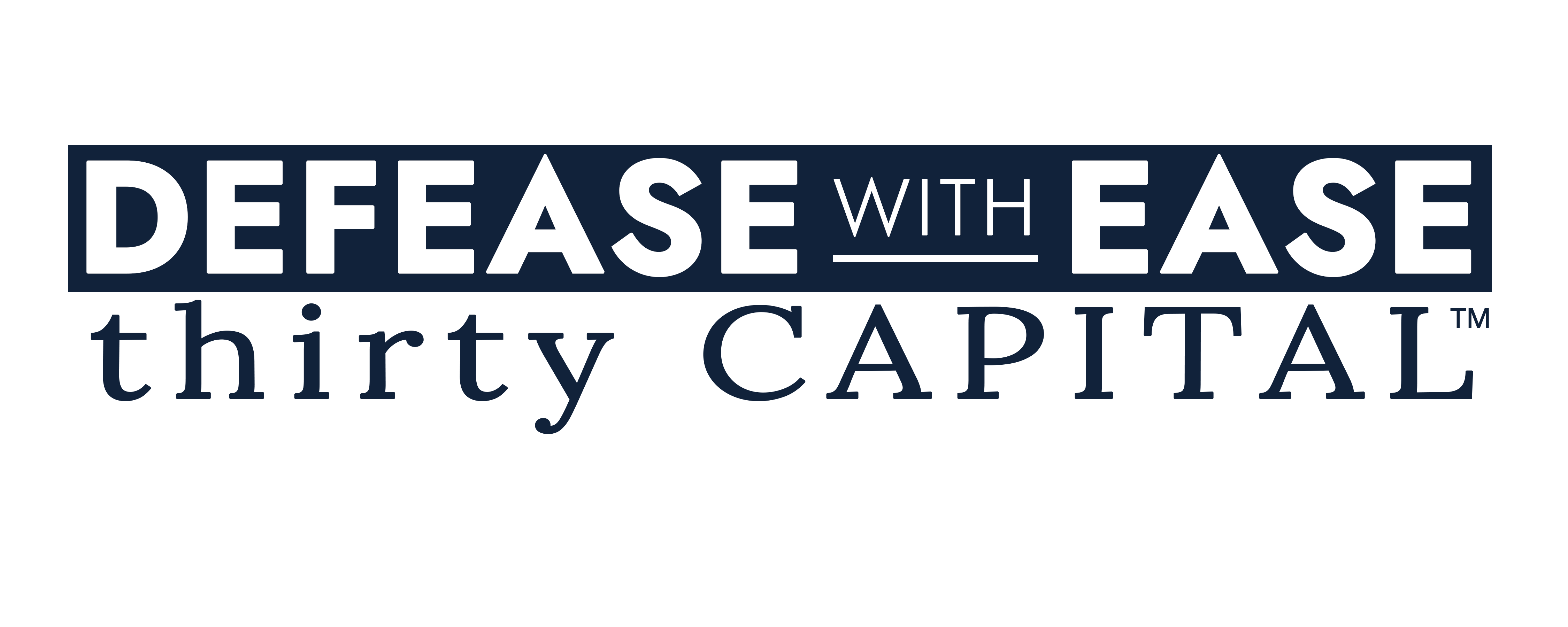In a market defined by rate volatility and uncertainty, timing matters more than ever. For commercial real estate (CRE) owners navigating expiring rate caps, small decisions can have significant financial consequences. One mid-market multifamily owner learned this firsthand—saving nearly $300,000 simply by executing a cap rate strategy before the market shifted.
This case reveals the power of forward-thinking debt optimization and highlights why borrowers should take a proactive stance when managing rate caps and interest rate exposure.
Want to listen to the discussion? Click here to watch the 15-minute on-demand recording of the live case study.
The Situation: A 120-Unit Multifamily Property with an Expiring Rate Cap
In August 2024, a CRE owner-operator with a 120-unit multifamily property faced an important decision. Their $48 million floating-rate loan was tied to 1-month Term SOFR, and their existing rate cap—capped at 2.46%—was set to expire in February 2025.
The property had performed steadily over five years with consistent NOI growth, but the owner wanted to understand how to best manage interest rate exposure ahead of the cap’s expiration.
Two options were on the table:
- Wait and buy a spot-starting rate cap in February 2025
- Act early and secure a forward-starting cap to take effect upon expiration
The Analysis: Forward Curve vs. Market Reality
To make the right call, a detailed analysis was performed comparing the cost of a forward-starting cap (purchased in August 2024 but effective February 2025) against a spot-starting cap purchased at maturity.
At the time, the market was expecting aggressive rate cuts from the Federal Reserve—about 146 basis points by February 2025. However, the borrower and analysts viewed this projection as overly optimistic. Historically, forward curves rarely materialize exactly as expected, and relying solely on them introduces unnecessary risk.
This insight formed the foundation of the borrower’s strategy: take advantage of the current market’s pricing assumptions by locking in a forward-starting rate cap early.
The Execution: Buying the Rate Cap Before the Market Shifted
After aligning on strategy, the borrower executed a forward-starting, one-year rate cap in August 2024.
The decision was based on two key insights:
- The forward curve was pricing in more rate cuts than were likely to occur.
- Cap pricing would increase if the Fed failed to cut rates as aggressively as projected.
This strategy allowed the borrower to secure a lower cap price and avoid being at the mercy of rate conditions in February.
The Outcome: Nearly $300,000 in Savings
Fast forward to February 2025—market expectations had shifted dramatically. Rather than the nine rate cuts priced into the market back in August, the Fed had only delivered three.
As a result:
- Spot-starting rate cap cost in February 2025: $846,000
- Forward-starting rate cap cost (executed in August 2024): $547,000
- Total savings: $299,000
By executing a proactive hedge, the borrower insulated their portfolio from rate uncertainty and avoided locking in a higher-cost cap. In a volatile environment, this move preserved liquidity and eliminated unnecessary financial pressure.
Additional Benefits of the Strategy
Beyond the direct dollar savings, the borrower gained three meaningful advantages:
1. Reduced Term Pressure
With a forward-starting cap already in place, the borrower no longer had to worry about last-minute market swings or rate movements affecting their hedging strategy.
2. Improved Financial Clarity
Securing the cap early gave the borrower a clearer picture of expected costs, debt-service coverage ratio (DSCR), and other key performance metrics—allowing for better portfolio planning.
3. Increased Flexibility
By managing the hedge proactively, the borrower retained optionality. Even if rates had dropped further, the structure allowed for potential future adjustments (such as blending down the cap) rather than being locked into a reactive strategy.
Key Takeaways for CRE Owners with Expiring Hedges
This case underscores a broader truth: the market rarely behaves exactly as projected. Relying on forward rate curves alone can be risky, especially when those curves are pricing in aggressive policy moves that may not come to pass.
Here are three lessons CRE professionals can take away:
Proactive Planning Pays Off
Being ahead of the curve allowed this owner to take risk off the table—and realize material savings. Waiting to act would have cost nearly $300,000.
The Forward Curve Isn’t a Guarantee
Just because the market is pricing in rate cuts doesn’t mean they’ll happen. Smart borrowers weigh the probabilities and act on real-world scenarios, not just forecasts.
There Are Always Opportunities—Even in Volatile Markets
Volatility creates windows for strategic advantage. In this case, the steep inversion of the yield curve created an ideal environment to execute a forward hedge.
How This Applies to Other Hedging Tools
While this case centered on a rate cap, the same principles apply to other interest rate hedges, including swaps and collars. Inverted curves can present pricing advantages for these products as well, especially when paired with a long-term hold strategy.
If you’re planning to extend a swap, adjust your hedge, or simply want to minimize rate exposure, acting now—rather than later—could deliver both cost savings and operational peace of mind.
Ongoing Strategy Through Portfolio Intelligence
This borrower didn’t stop at the rate cap. As part of an ongoing optimization strategy, they leveraged portfolio intelligence tools and insights to evaluate and manage their debt profile on a monthly basis.
Key performance indicators like DSCR, debt yield, weighted average coupon, and months to maturity were tracked and analyzed to inform future actions. This data-driven approach enabled the borrower to prioritize next steps, improve operational cashflow, and align their debt strategy with broader investment goals.
Talk to a Debt Optimization Expert
If you have an expiring rate cap or are concerned about rising borrowing costs, now is the time to assess your strategy. Forward-looking, data-driven decisions can save hundreds of thousands—and reduce the risk of being forced into costly last-minute trades.
Schedule a complimentary strategy session with a debt expert today.


